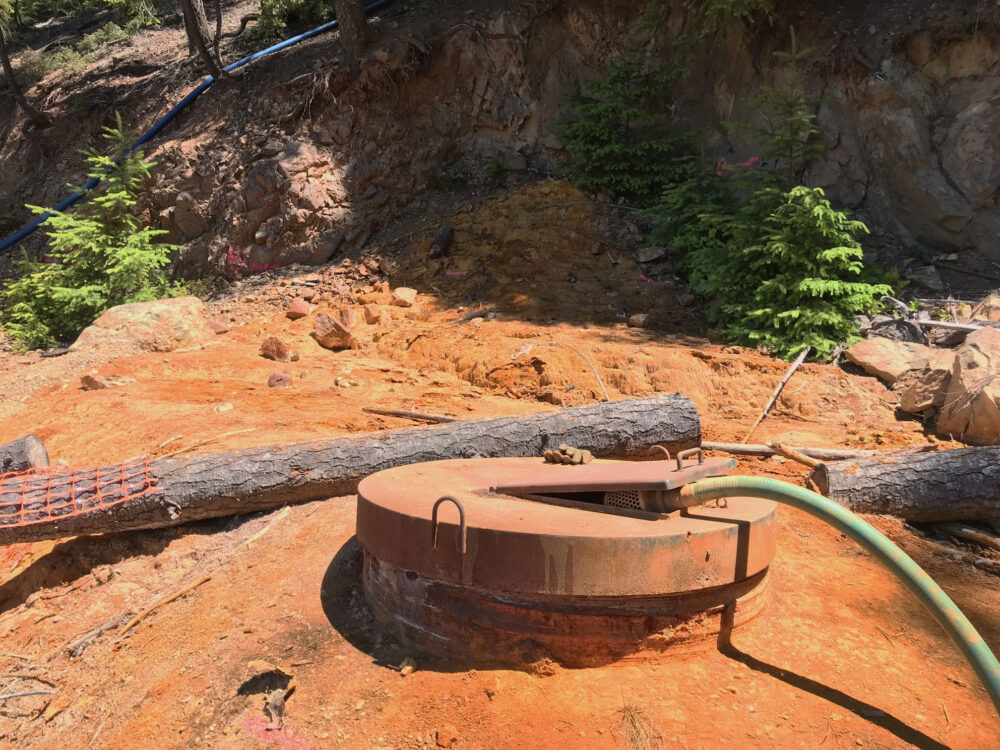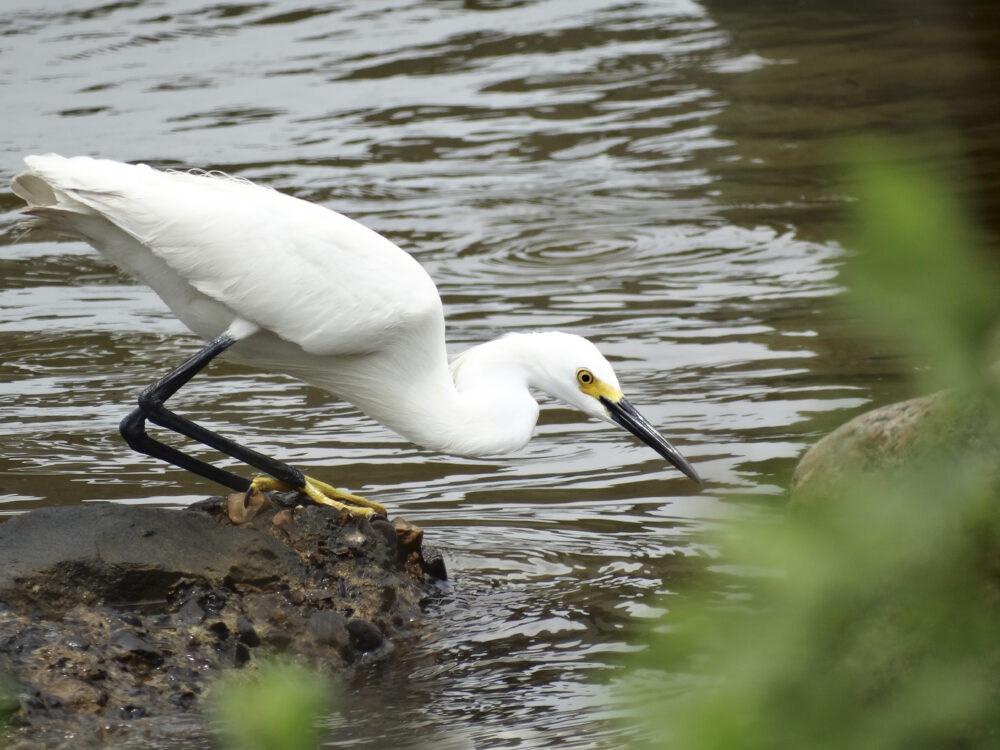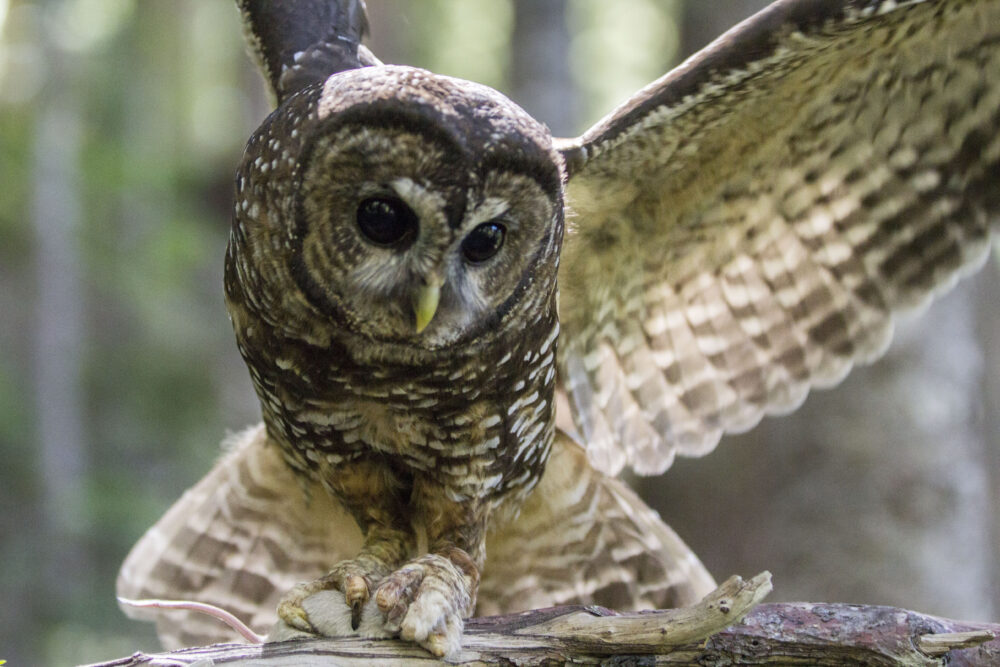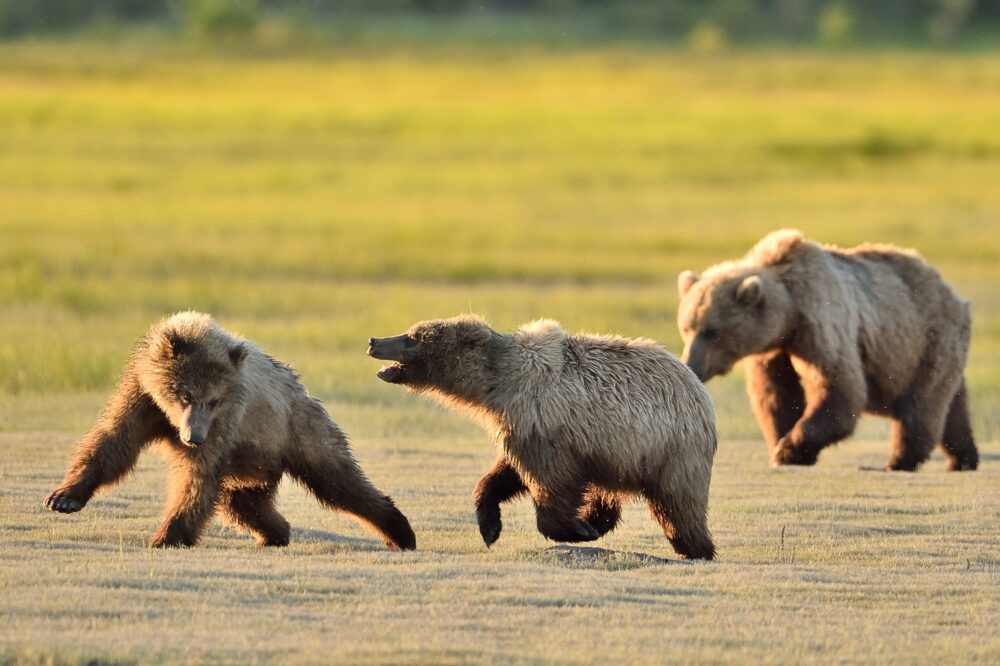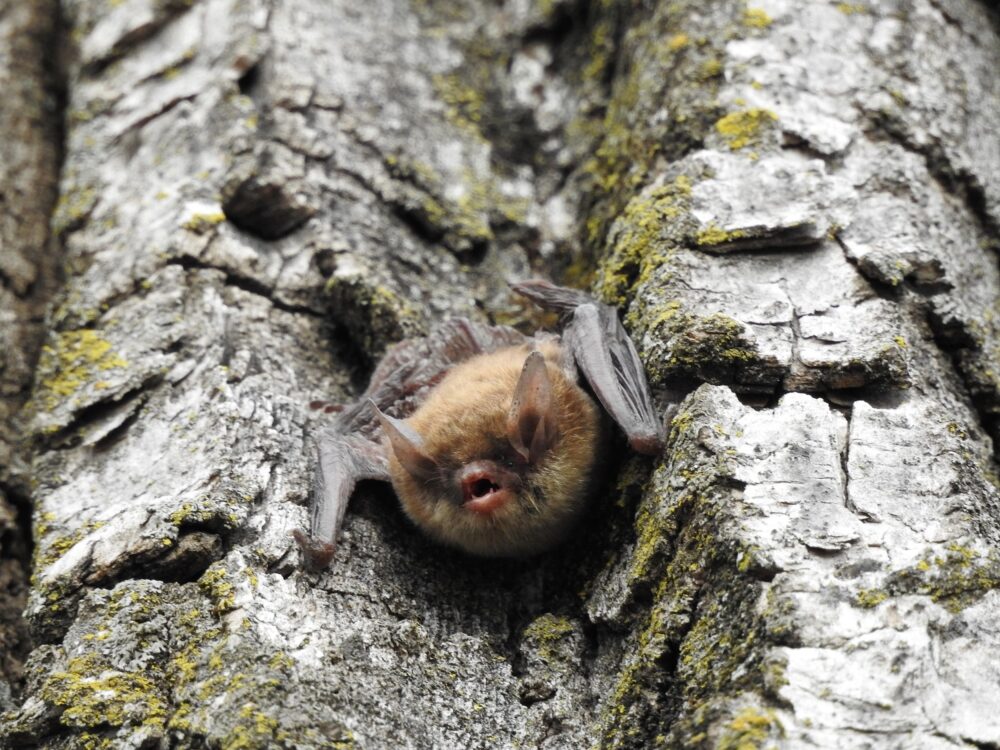We have much more to do and your continued support is needed now more than ever.
Ten Simple Tips for Successful Winter Bird Feeding
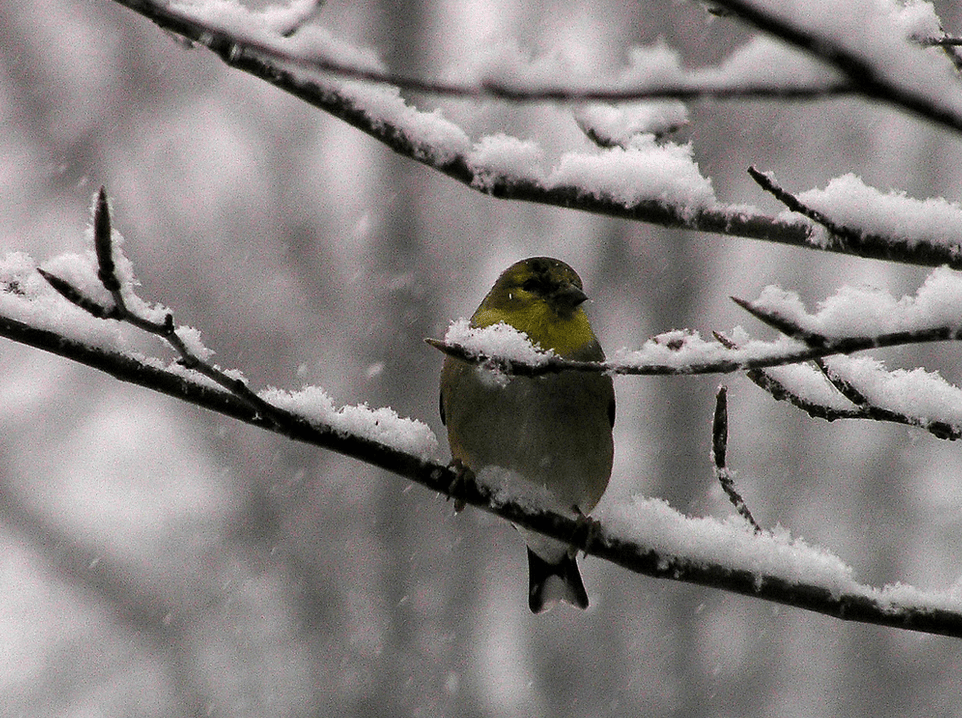
If your community gets consistently cold (below freezing) in the winter or has extended periods of snow and ice on the ground, you may be surprised to learn what a huge difference you can make by feeding wild birds right outside your own door or window. A large-scale winter storm, with deep snow or ice cover, cuts off many birds from their natural food supplies and can actually cause them to starve by the thousands and even millions. Backyard bird feeding can make a real contribution to their survival and even thriving during the winter months. Here are ten pointers for a successful winter bird feeding season:
- Put out feeders with good size capacity: And/or use multiple feeders to provide ample food especially during snow and ice storms. There are many stores in your area that sell excellent bird feeders including bird-specific stores and most lawn and garden centers. You can also visit the National Wildlife Federation’s online backyard store to purchase feeders while also supporting the Federation’s conservation work:
- Provide nutritious winter seed foods: For most birds theses often include seed mixes of: black oil sunflower seed, hulled peanuts, niger seed and white millet seed. Mixed seed bags can be purchased at local bird and lawn and garden stores or you can go on line and visit the Scott’s Songbird Selections website for a store locator or to learn more about wild bird feeding:
- Offer fatty food too: Birds need to burn more calories in the winter just to stay warm. Suet is considered a high energy food because it consists of fat that has 9 calories per gram compared to 4 calories per gram for carbohydrates or protein. Peanut Butter is also popular with our flying friends but is more expensive than suet. Suet feeders are a favorite of woodpeckers and other insect-eating birds
- Keep your feeders full: Winter birds need to stock up on calories especially for those long, cold winter nights.
- Be consistent and keep feeding through the winter: Birds grow accustomed to your feeders especially in severe weather when the snacks you offer may mean their very survival. If you leave home for an extended period, try to have a neighbor or friend keep the feeders going.
- Remember water: Birds can become dehydrated in winter even if surrounded by ice and snow. Putting out a pan of water near the feeder on warmer days is a terrific idea.
- Stamp down the snow below: Ground-feeding birds such as dark-eyed juncos, doves and many sparrows will be able to gather up the seed that drop from the feeders if they don’t have deep snow to try to manage.
- Hang feeders in cat-safe locations: Place bird feeders in locations that do not also offer hiding places for sneak-attacks by cats and other predators. Think of placing the feeders ten to twelve feet from shrubs or brush piles. This gives the birds some time to react.
- Remember feeder cleanliness: Your feeders can get a little grimy. Because natural food sources are scarcer in the winter, more birds may be attracted to backyard feeders and those feeders will need to be cleaned with some hot water and dried a few times during the season.
- Save some money and stock up on seed: Bird feeding veterans say it is best to stock up on birdseed in the Fall when many lawn and garden centers are discounting it to make way for winter merchandise. Stored properly, (in cool dry places) seed can easily last for months, particularly seed mixes and sunflower seeds.
The first days or winter are a great time to start feeding birds. Once you have bird feeders, some water sources, some shrubs and trees for habitat cover you are well on your way to qualifying for certification as a backyard habitat with 135,000 other U.S. residents. Learn more about NWF’s Certified Wildlife Habitat™ program and see if you might like to join up. The winter birds surely need you.


